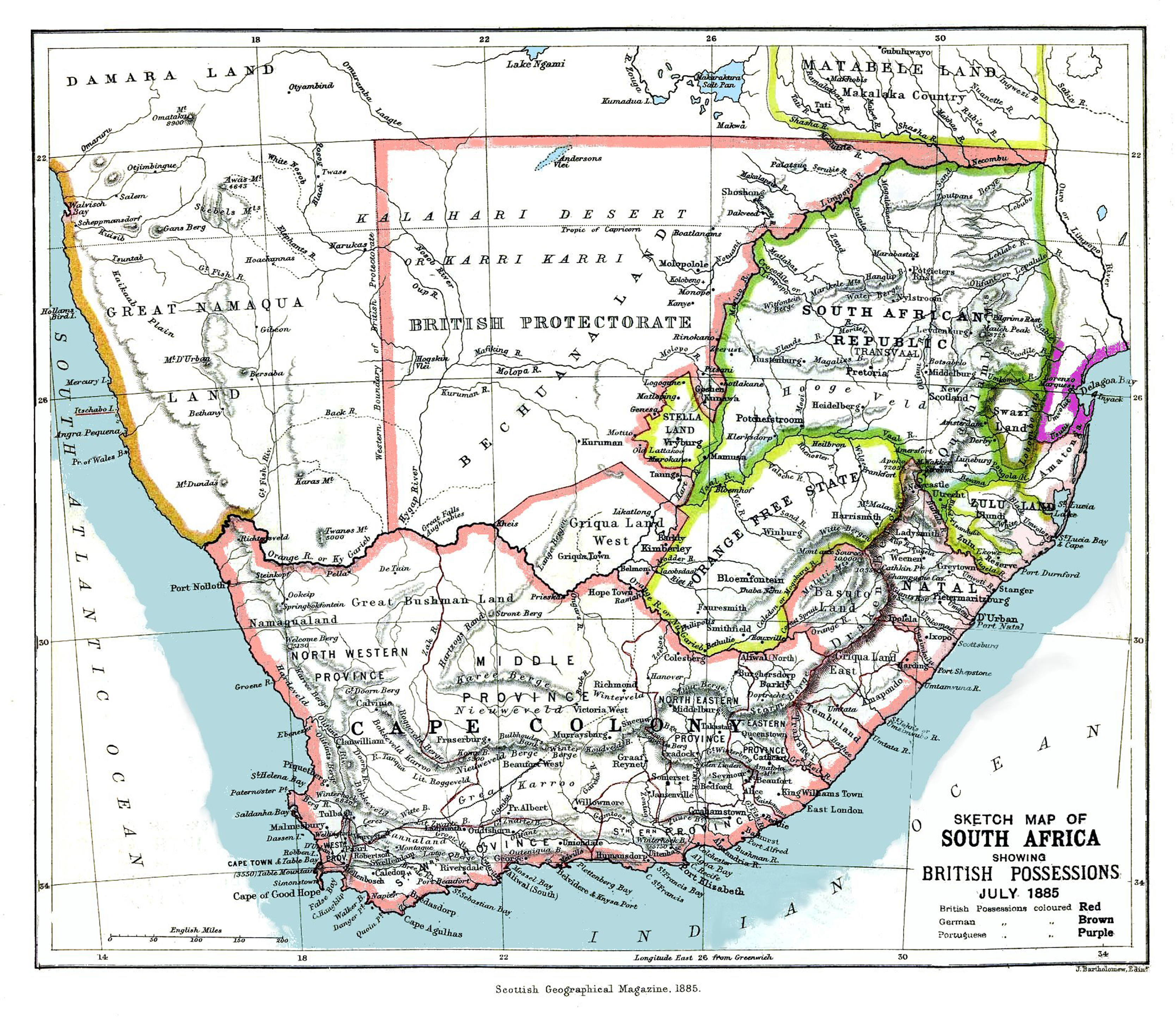|
Modimo
Modimo (also spelt as Molimo in Lesotho Sesotho, and known as Mudzimu or Raluvhimba in Tshivenda and uMlimo or Zimu in Southern and Northern Ndebele) is a creator god, supreme deity and sky deity in the traditional religion of the Sotho-Tswana people. Modimo and all its derivatives ultimately stem from the proto-Sotho-Tswana prefix ''*mo-'' which indicates personhood + ''*-dzimu'' "above, in the sky" and so Modimo can be translated to mean "the high one" or "the sky-deity" or "the one above" or "the Supreme Deity" or merely "the high god" in English. Modimo is the equivalent of the Xhosa Supreme Deity Qamata and the Zulu Supreme Deity uMvelinqangi and the Shona Supreme Deity Mwari. Meaning and origins In Sotho-Tswana cultures, the concept of Modimo is deeply rooted in traditional religious beliefs. Modimo is often ascribed feats such as the creation of the universe and is considered the highest spiritual authority. There are various other names for Modimo such as Mmop ... [...More Info...] [...Related Items...] OR: [Wikipedia] [Google] [Baidu] |
Basotho
The Sotho (), also known as the Basotho (), are a Sotho-Tswana ethnic group indigenous to Southern Africa. They primarily inhabit the regions of Lesotho, South Africa, Botswana and Namibia. The ancestors of the Sotho people are believed to have originated from Northeast Africa, and migrated south in the fifth century AD. The Sotho people have split into different clans over time as a result of the Mfecane (a series of wars and migrations that took place in the 19th century) and colonialism. There are 3 types of Basotho, Northern Sotho, Southern Sotho, Tswana people. The British and the Boers ( Dutch descendants) divided Sotho land amongst themselves in the late 19th century. Lesotho was created by the settlers in the 1869 Convention of Aliwal North following the conflict over land with Moshoeshoe I, the king of the Southern Sothos. The Southern Sotho of Lesotho's identity emerged from the creation of Lesotho by the British after the Boers defeated Moshoeshoe I in the Thi ... [...More Info...] [...Related Items...] OR: [Wikipedia] [Google] [Baidu] |
Religion In Lesotho
__NOTOC__ Christianity is the dominant religion in Lesotho, US State Dept 2022 report ''This article incorporates text from this source, which is in the .'' with and being its main denominations. The 2022 |
Tswana People
The Batswana (, singular ''Motswana'') are a Bantu peoples, Bantu Ethnic groups in South Africa, ethnic group native to Southern Africa that are descendants of King Looe (Lowe) who established the Hurutshi tribe in Southern Africa (linguistically known as the Ur-bantu in East Africa) and they formed groupings that is made up of four subgroups of Bahurutshi, Koena, Rolong and Kgatlha. Ethnic Tswana made up approximately 85% of the population of Botswana in 2011. Batswana are the native people of south and eastern Botswana and the Gauteng, North West (South African province), North West, Northern Cape, Free State (province), Free State, and other provinces of South Africa, where the majority of Batswana are located. History Early history The Batswana are a Setswana-speaking mega-ethnicity of many kingdoms, who are native to Southern Africa (Parts of modern day Namibia, Botswana and South Africa) alongside the Khwe speaking kingdoms of the same region.BaTswana are the ancest ... [...More Info...] [...Related Items...] OR: [Wikipedia] [Google] [Baidu] |
Bapedi
The Pedi or - also known as the Northern Sotho, Basotho ba Lebowa, bakgatla ba dithebe, Transvaal Colony, Transvaal Sotho, Marota, or Dikgoshi - are a Sotho-Tswana peoples, Sotho-Tswana ethnic group native to South Africa, Botswana, and Lesotho that speak Pedi or ''Sepedi,'' which is one of the 12 official languages in South Africa. They are primarily situated in Limpopo, Gauteng and northern Mpumalanga. The Pedi people are part of the Bantu peoples of South Africa, Bantu ethnic group. Their common ancestors, along with the Sotho people, Sotho and Tswana people, Tswana, migrated from East Africa to South Africa no later than the 7th century CE. Over time, they emerged as a distinct people between the 15th and 18th centuries, with some settling in the northern region of the Transvaal. The Pedi maintained close ties with their relatives and neighboring tribes. Towards the end of the 18th century, the primary Pedi state was established, led by supreme leaders from the Maroteng ... [...More Info...] [...Related Items...] OR: [Wikipedia] [Google] [Baidu] |
Bantu Religion
Bantu religion is a system of various spiritual beliefs and practices that relate to the Bantu people of Central, East, and Southern Africa. Although Bantu peoples account for several hundred different ethnic groups, there is a high degree of homogeneity in Bantu cultures and customs, just as in Bantu languages. Many Bantu cultures traditionally believed in a supreme god whose name is a variation of Nyambe/Nzambe and ancestral veneration. The phrase "Bantu tradition" usually refers to the common, recurring themes that are found in all, or most, Bantu cultures on the continent. Traditional beliefs The traditional beliefs and practices of African people are highly diverse beliefs that include various ethnic religions. Generally, these traditions are oral rather than scriptural and passed down from one generation to another through folk tales, songs, and festivals, include belief in an amount of higher and lower gods, sometimes including a supreme creator or force, belief in spi ... [...More Info...] [...Related Items...] OR: [Wikipedia] [Google] [Baidu] |



